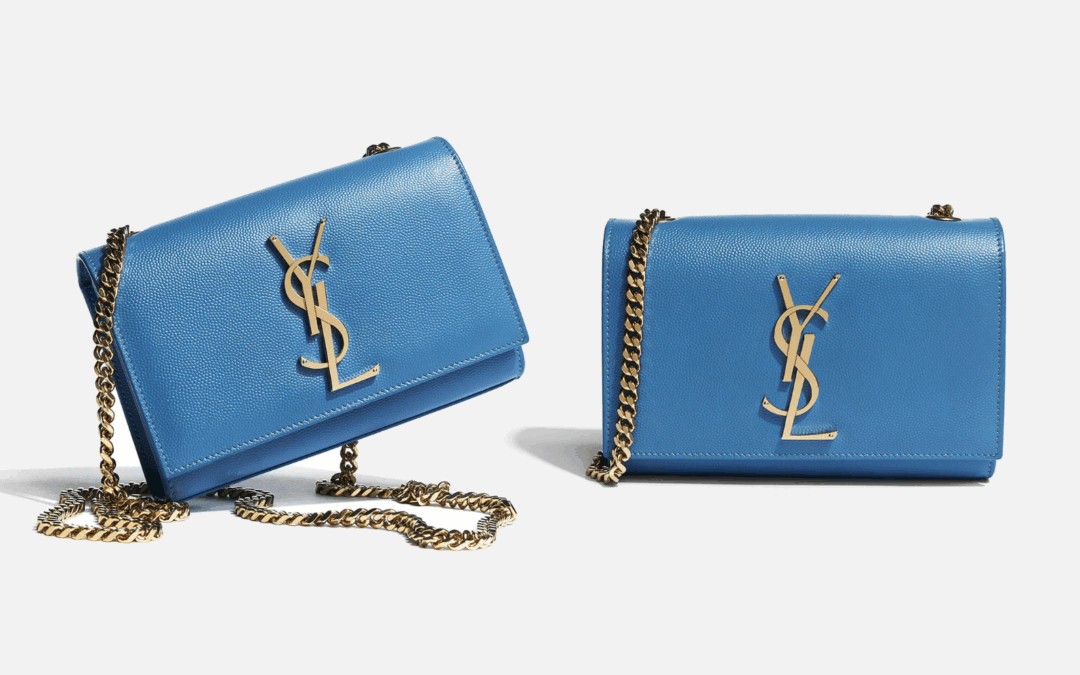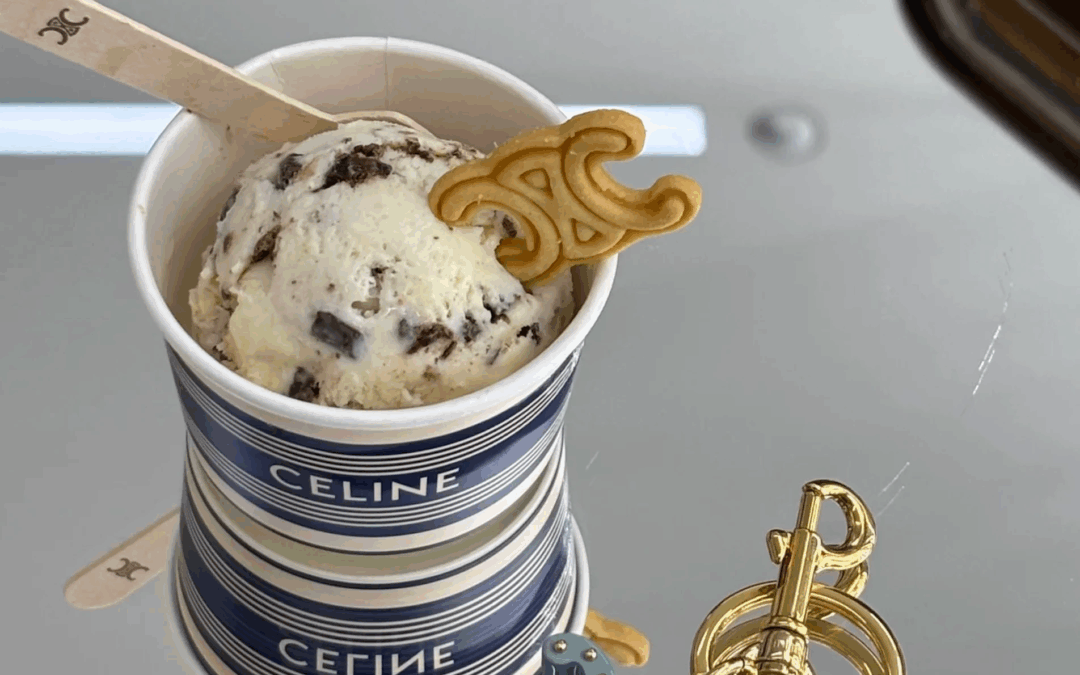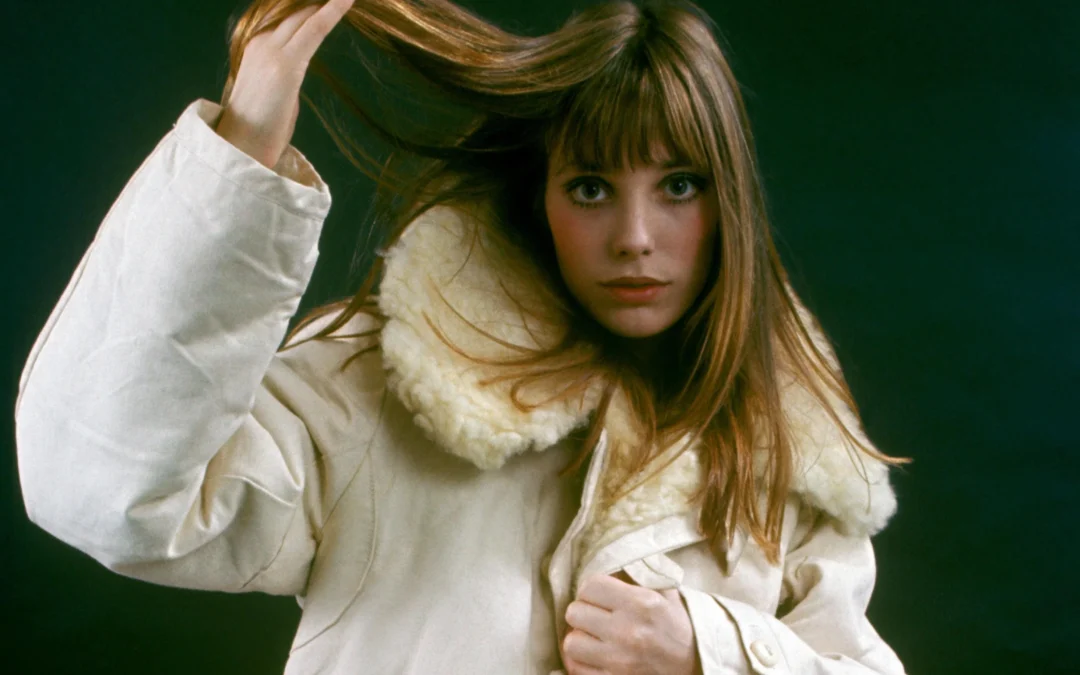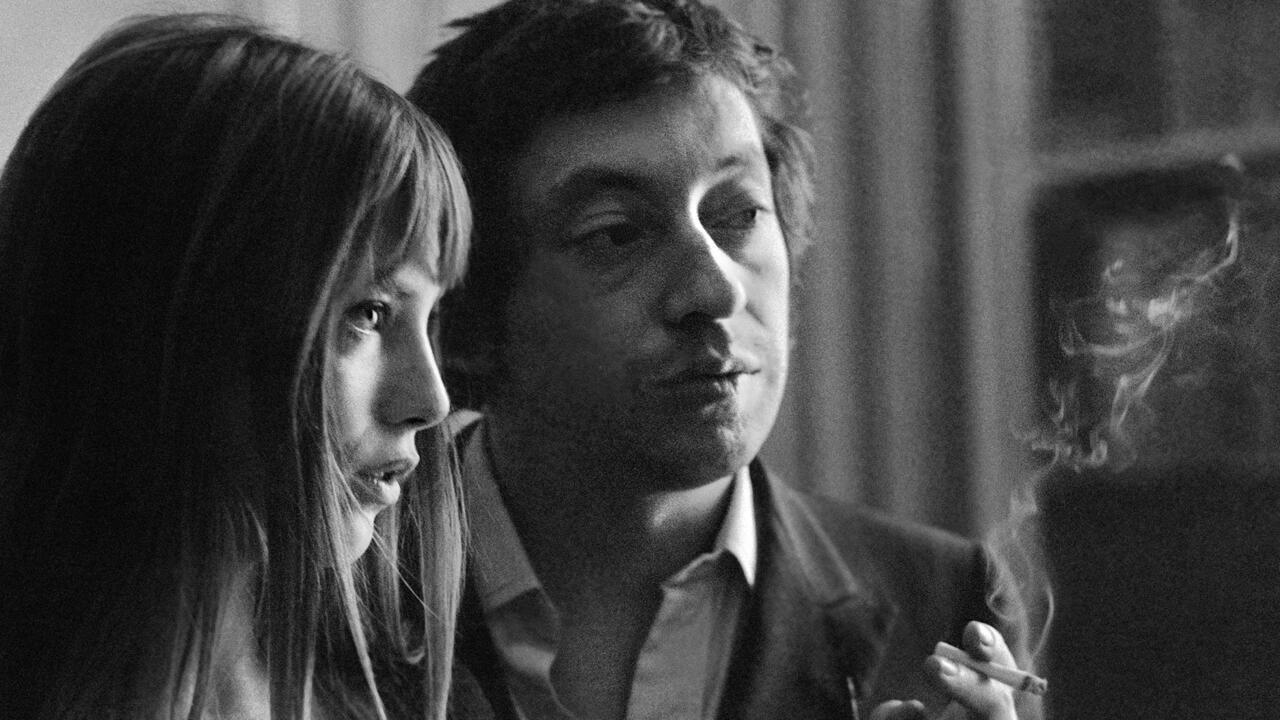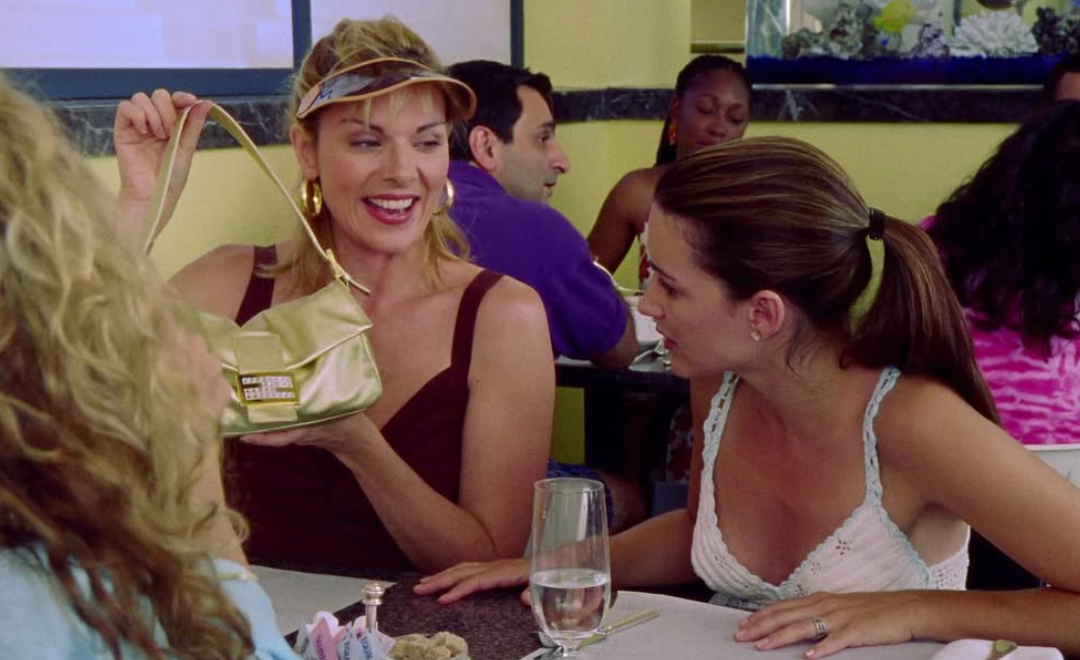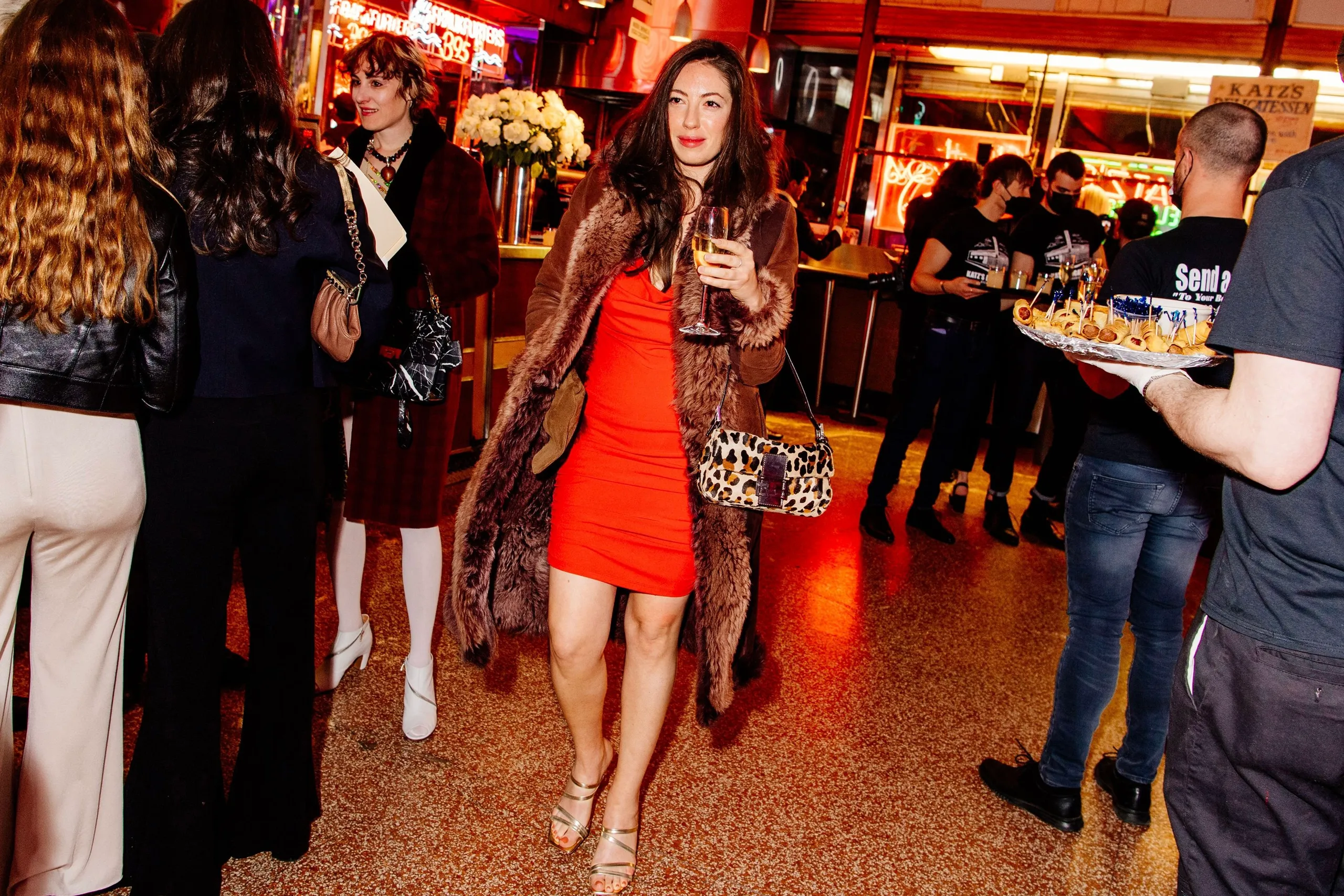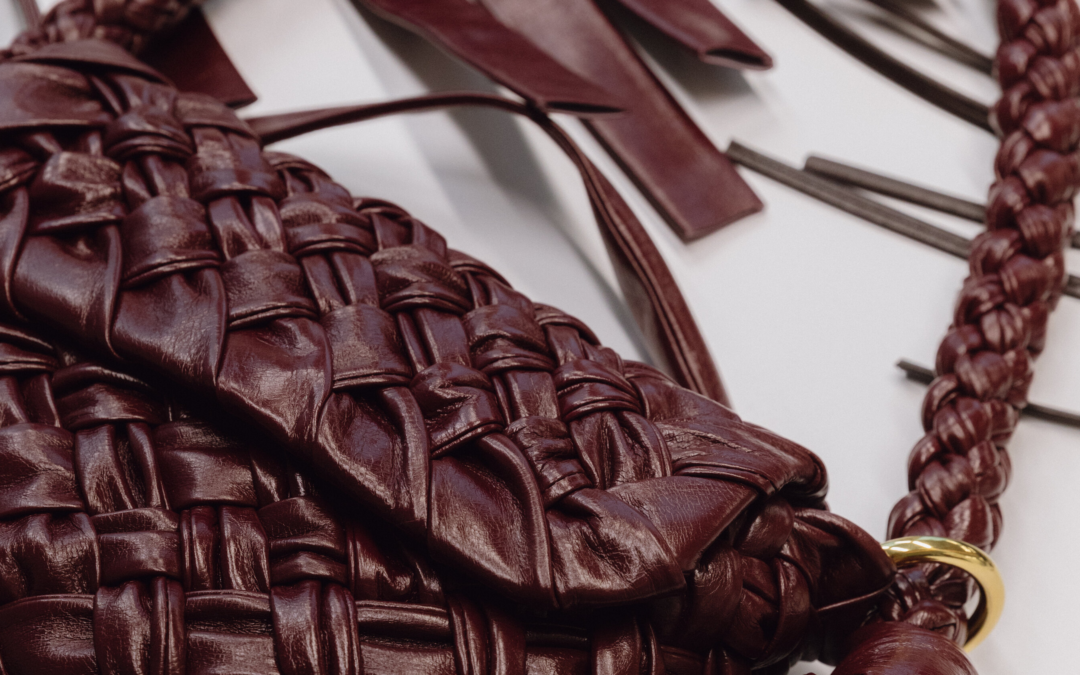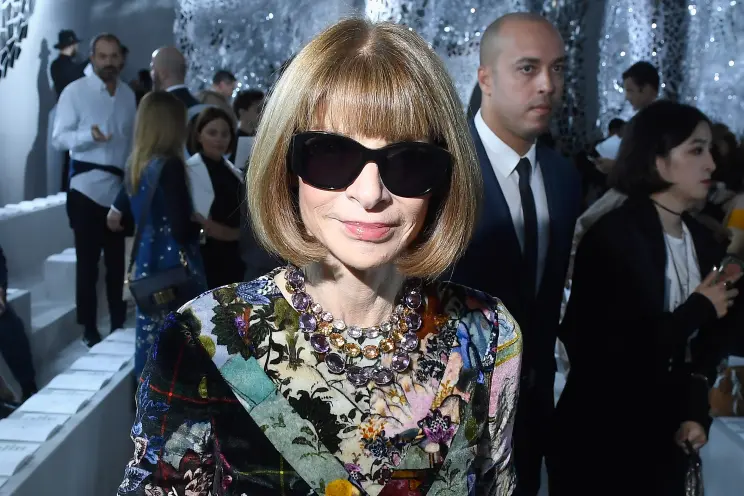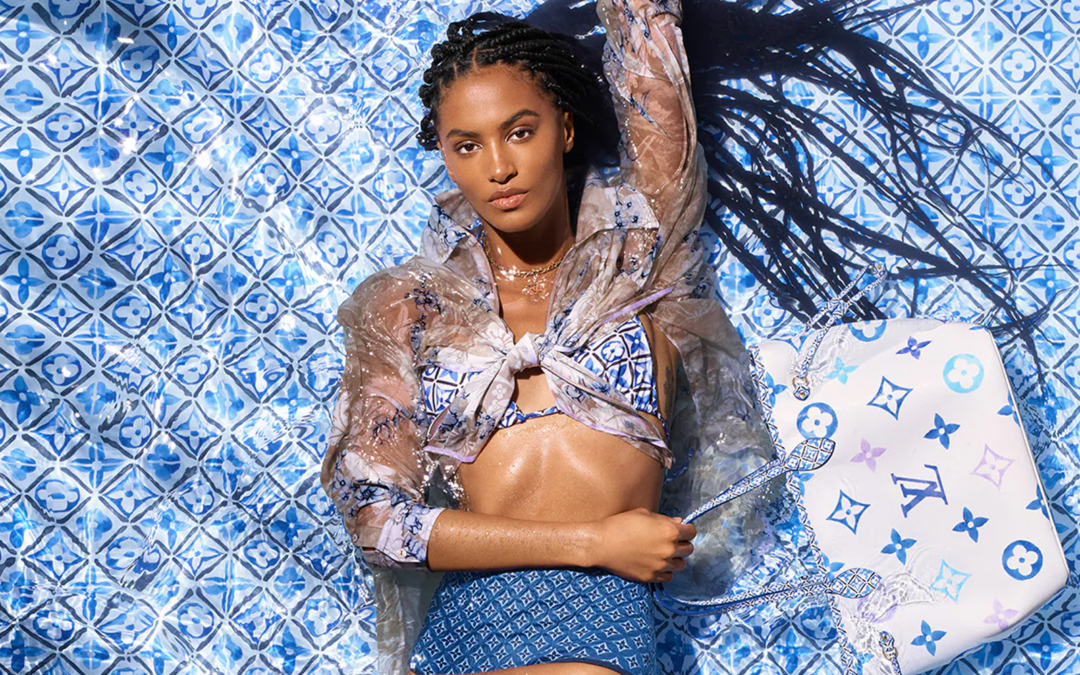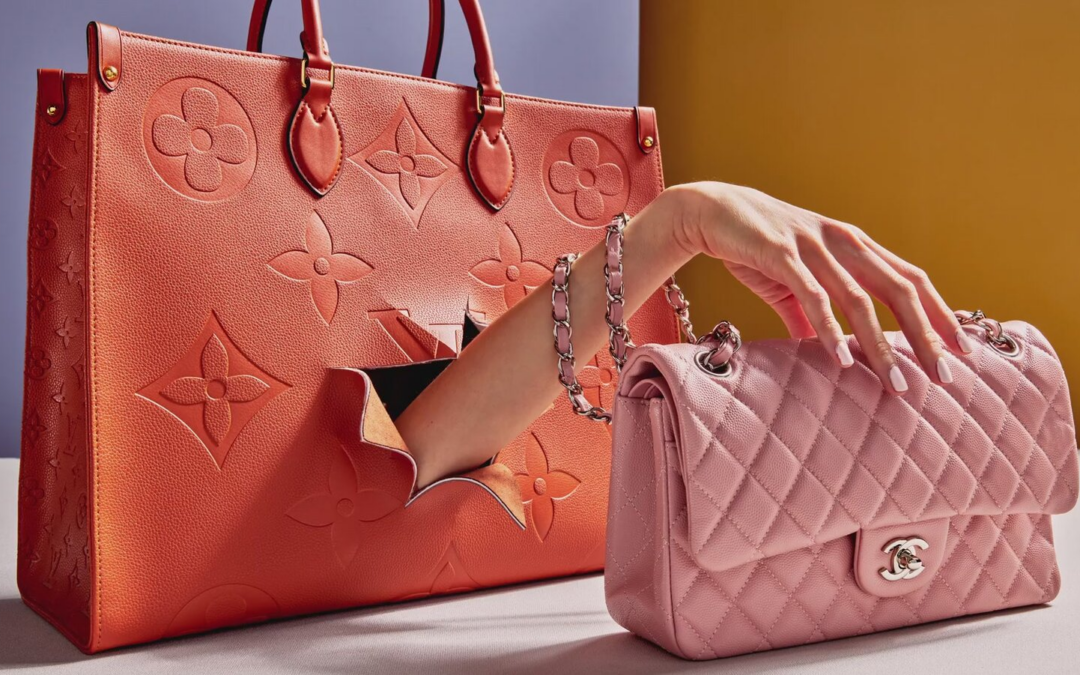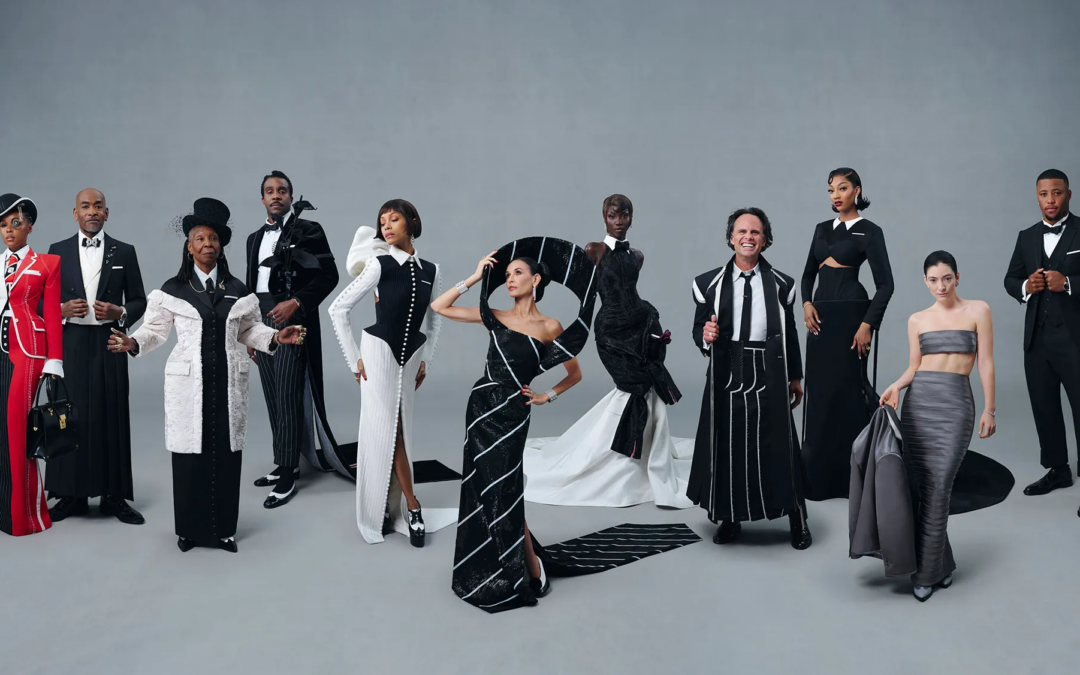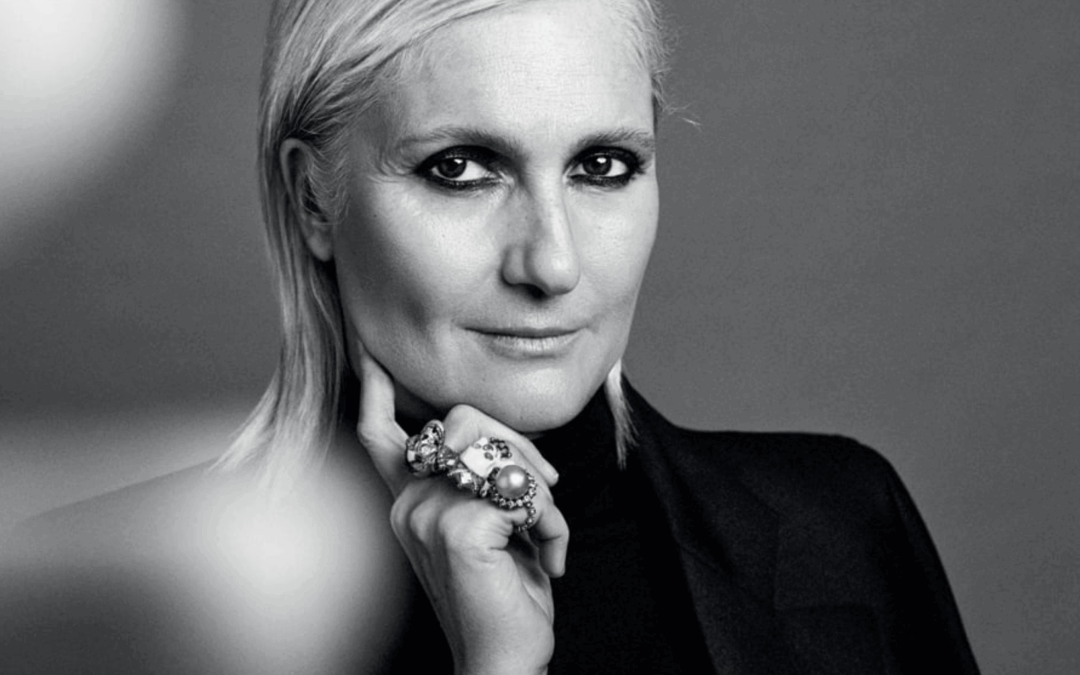
How Maria Grazia Chiuri Shapes the Feminist Ideals at Dior
 Embark on a Cosmic Journey Through the Paradoxes of Luxury and Dupes
Embark on a Cosmic Journey Through the Paradoxes of Luxury and Dupes
How Maria Grazia Chiuri Shapes the Feminist Ideals at Dior
by Thea Elle | August 2, 2025 | Luxury Industrial Complex
When Maria Grazia Chiuri assumed the role of DIOR’s first female creative director in 2016, she revolutionized not just women’s fashion, but also the brand’s dialogue with its female audience. Her work incorporated feminist statements, ethereal silhouettes, and symbolic imagery. But Chiuri wasn’t working alone—her daughter, Rachele Regini, was quietly contributing behind the scenes.
Acting as DIOR’s cultural advisor, Regini kept a low public profile, yet her impact was significant. With a solid foundation in gender studies and a flair for cultural interpretation, she influenced many of the house’s more profound collaborations and feminist themes. As Chiuri departs, the real question becomes whether the powerful narrative she and Regini championed will continue to shape DIOR’s future.

Stitching Feminism Into Fashion: Chiuri’s Impact on DIOR
Maria Grazia Chiuri shattered more than just fashion norms when she took the reins at DIOR in 2016 — she reimagined the runway as a platform for feminist dialogue. Hailing from Rome and deeply rooted in the world of fashion thanks to her seamstress mother, Chiuri brought years of experience from FENDI and Valentino. But it was her DIOR debut, featuring feminist slogans like “We Should All Be Feminists”, that marked her true transformation — from fashion designer to cultural force.

Chiuri’s creative direction turned haute couture into a conversation. Drawing inspiration from female creatives across disciplines, her work became a tapestry of visual art and political commentary. Not everyone agreed with her approach — critics questioned its sincerity — but Chiuri’s goal was never about consensus. It was about clarity of voice. Supporting her from behind the curtain was her daughter, Rachele Regini, DIOR’s cultural advisor, whose intellectual influence can be seen throughout the brand’s most ideologically driven work.
When a T-Shirt Became DIOR’s Feminist Flag
Maria Grazia Chiuri’s first collection for DIOR in Spring/Summer 2017 wasn’t just a fashion debut — it was a declaration. Among the dreamy skirts and fencing-inspired jackets, one piece electrified the fashion world: a white T-shirt bearing the phrase “We Should All Be Feminists,” borrowed from writer Chimamanda Ngozi Adichie. This wasn’t typical designer fare — it was a manifesto on cotton. And it marked a significant shift: a storied fashion house using its platform to champion feminist thought, not just high style.
Explore New Arrivals Here
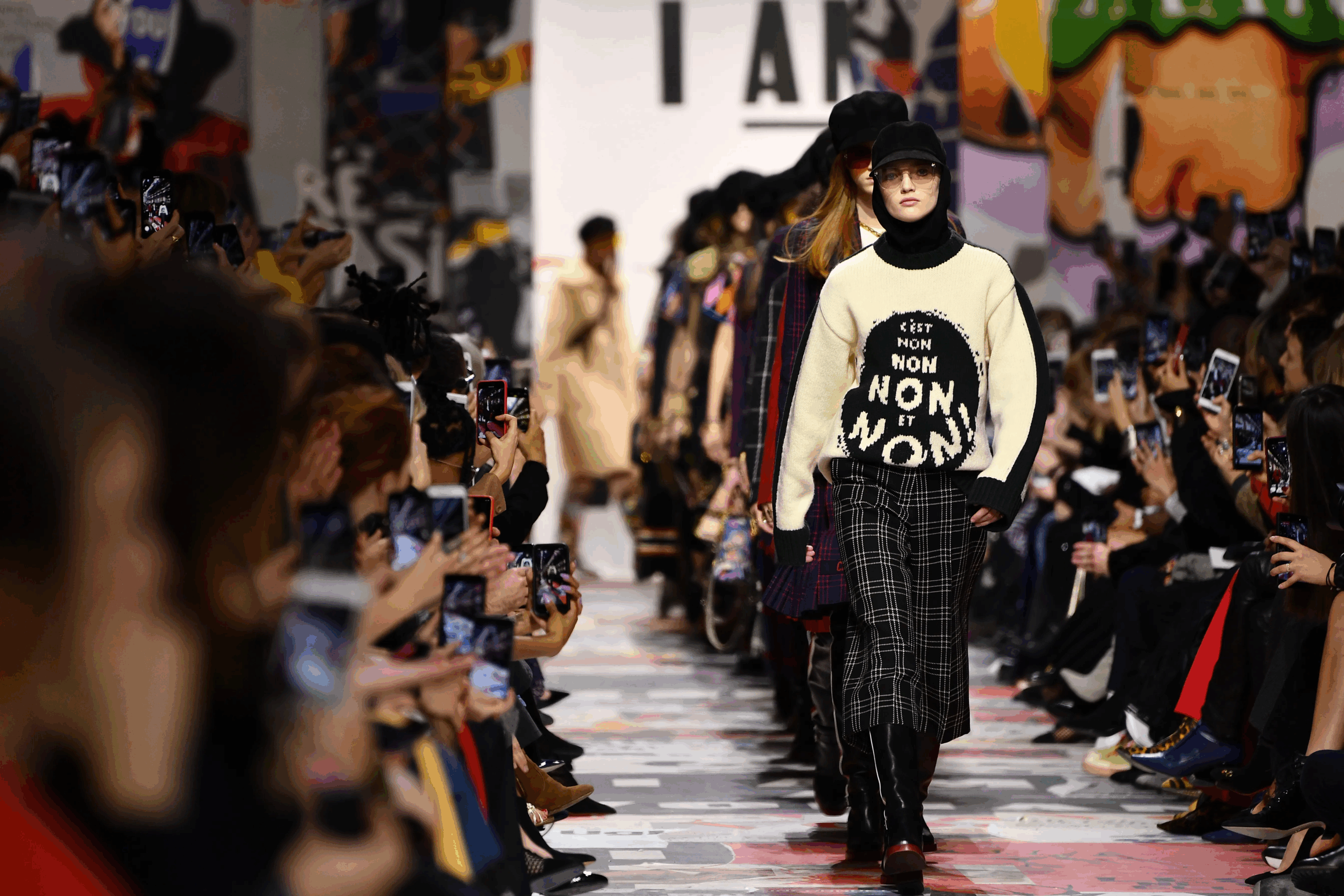
The shirt triggered debate. Was it meaningful activism or a marketing stunt? Chiuri didn’t waver. Her intention was to push the boundaries of where serious conversations can begin — even in the realm of couture. The shirt became a phenomenon, selling out and sparking global discussion. Suddenly, DIOR was no longer just a symbol of classic femininity — it had become part of the feminist fashion movement, thanks to a single, powerful sentence on a tee.
When DIOR’s Runway Became a Feminist Temple
The T-shirt may have lit the spark, but DIOR’s Spring 2020 couture show — staged with feminist art legend Judy Chicago — turned that spark into a blaze. Inside the Musée Rodin, Chiuri built a massive, womb-shaped pavilion draped in fabric and embroidered with provocative questions like “What if women ruled the world?” It felt more like a sacred space than a fashion venue — and that was exactly the intention.
Models moved through the installation like priestesses, wrapped in flowing gowns and commanding silks. Yet the spectacle wasn’t just in the clothing — it was in the message. Chiuri used the runway to question power, not just display it. In an era where “feminist fashion” often stays at the surface, this was intellectually rich, artistically daring, and politically charged. It invited not just admiration but introspection — a rare feat in high fashion.

Feminine Strength in Casual Elegance
Building Feminism Into the Foundation of Fashion
Maria Grazia Chiuri’s feminism at DIOR wasn’t performative — it was structural. From her first collection to her last, she embedded feminist ideals into the brand’s core, not just its moodboards. This wasn’t about capitalizing on cultural trends; it was about rewriting the rules of who fashion speaks to and why. DIOR became a house with a point of view — one where intellect, independence, and identity mattered just as much as style.
Fueling this evolution was Rachele Regini, Chiuri’s daughter and DIOR’s cultural advisor. With her academic background and behind-the-scenes insight, Regini added substance to the symbolism. Together, they challenged the status quo — a designer redefining the runway and a theorist shaping the narrative. While other brands flirted with feminist slogans, DIOR made feminism part of its blueprint. The result? A maison that stopped dressing women to be seen and started dressing them to be heard.
After Chiuri: Can DIOR Still Be Feminist Without Its Feminist Leader?
Maria Grazia Chiuri’s departure from DIOR leaves more than a vacancy — it leaves a legacy to reckon with. She may have faced criticism for the overt way she delivered her feminist message, but that message brought heartbeat and conviction to one of fashion’s most iconic houses. She transformed the runway into a space where thoughtfulness mattered as much as tailoring, where power wasn’t just worn but questioned.
As whispers about her future grow louder — a solo venture, a return to Valentino, or something entirely unexpected — another quiet force also leaves the frame: Rachele Regini, Chiuri’s daughter and cultural advisor. Her next move may take her beyond fashion, but her influence on the industry’s feminist narrative is just beginning. The big question now: will DIOR uphold the values they instilled, or treat them as a chapter closed? One thing’s for sure — the runway Chiuri built can’t be undone.
The Final Stitch
Chiuri’s contribution wasn’t just sartorial; it was ideological. She showed that a fashion house could have principles, that femininity could be fierce, and that aesthetics and activism could coexist. With Regini’s intellectual insight, DIOR evolved into a brand with a conscience. Whether the next era will build on that or veer away, Chiuri’s message was clear — and stitched in permanent thread.

